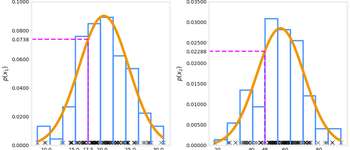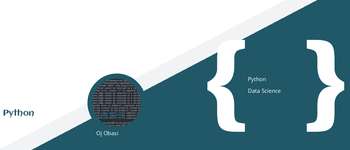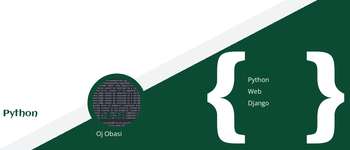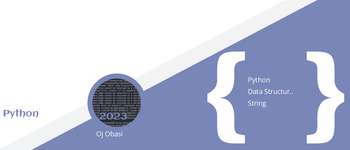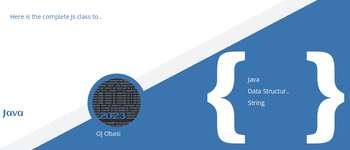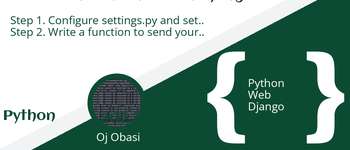Intro To Artificial Intelligence Practice Questions 1
Question 1
Which of the following is NOT a good way to define AI?
Select One or Multiple:
- AI is the application of computing to solve problems in an intelligent way using algorithms.
- AI is the use of algorithms that enable computers to find patterns without humans having to hard code them manually
- AI is all about machines replacing human intelligence.
- AI is Augmented Intelligence and is not intended to replace human intelligence rather extend human capabilities
The correct answer is: While AI can involve simulation or imitation of intelligent human behavior, it is not solely about machines having human intelligence. It also involves machines augmenting human intelligence by extending human capabilities.
Question 2
Which of the following is an attribute of Strong or Generalized AI?
- Cannot teach itself new strategies
- Perform independent tasks
- Can perform specific tasks, but cannot learn new ones
- Operate with human-level consciousness
The correct answer is: Perform independent tasks. Strong or Generalized AI can learn from experience and perform at a human level of intelligence, but it is not at the human level of consciousness.
Question 3
AI is the fusion of many fields of study. Which of these fields, along with Computer Science, plays a role in the application of AI?
- Philosophy
- All responses are correct
- Statistics
- Mathematics
The correct answer is: All responses are correct. AI is the fusion of all of these fields of study, and more. While Philosophy provides guidance on intelligence and ethical considerations in the application of AI, Mathematics and Statistics help determine viable learning models and measure performance.
Question 4
Which of these is NOT a current application of AI?
Select one:
- Self-Driving vehicles utilizing Computer Vision to navigate around objects
- Collaborative Robots helping humans lift heavy containers
- Making precise patient diagnosis and prescribing independent treatment
- Classifying rock samples to identify best places to drill for oil
The correct answer is: Making precise patient diagnosis and prescribing independent treatment. In Healthcare, while AI is being used to support doctors arrive at more accurate preliminary diagnoses, it is not yet being used to replace one-on-one interactions between doctors and patients.
Question 5
Natural Language AI algorithms that learn by example are the reason we can talk to machines and they can talk back to us.
Select One:
- True
- False*
The correct answer is: True. The Natural Language Processing and Natural Language Generation capabilities of AI make it possible for machines and humans to interact with each other using natural language. Examples of this include Watson, Alexa, Siri, Cortana, and Google Assistant.
Question 6
Advances in the field of Computer Vision make which of the following possible?
Select One:
- Detecting fraudulent transactions
- Detecting cancerous moles in skin images
- On-demand online tutors
- Real-time transcription
***The correct answer is: Detecting cancerous moles in skin images. Computer vision algorithms are helping doctors arrive at more accurate preliminary diagnoses. AI-powered advancements in this technology make it possible to find symptoms in X-Ray and MRI scans and even detect cancerous moles in skin images. ***
Question 7
Which of these is currently NOT an application of Collaborative Robots or Cobots?
Select One:
- Robots assisting or replacing humans in jobs that may be dull, dangerous, ineffective or inefficient when done by humans
- Robots helping humans lift heavy containers
- Personal use in the home such as doing the laundry and cooking for example
- Robots helping move items on shelves for stocking purposes
The correct answer is: Personal use in the home such as doing the laundry and cooking for example. Collaborative robots being used in homes to support us in our personal tasks such doing laundry independently is certainly a future possibility but not yet a reality.
Question 8
Which of the following aspects involved in converting the stethoscope into a digital device to support patient diagnoses involves the use of AI?
- An app on the mobile device that applies learnings from previous diagnosis data to assist the physicians in their current diagnoses
- Sending digital signals to a mobile device with a machine learning app via bluetooth
- Graphing heart beat data on the mobile device allowing a physician to spot trends
- Inserting a digitizer into the stethoscope tube to convert the analog sound of the heart beat into a digital signal
The correct answer is: An app on the mobile device that applies learnings from previous diagnosis data to assist the physicians in their current diagnoses. The digitizer only captures and converts the analogue sound of the patient’s heartbeat into digital sound. It does not involve the use of AI.
Question 9
Which of the following are applications of Artificial Intelligence in action?
A. IBM Watson utilizing its information retrieval capabilities to provide technical information to oil and gas company workers.
B. Watson analyzing Grammy nominated song lyrics over a 60-year period and categorizing them based on their emotions.
C. Assisting patients with neurological damage by detecting patterns in massive movement related datasets and using robots to trigger specific movements in the human body to create new neural pathways in the brain.
D. Law enforcement authorities using facial recognition algorithms to identify suspects in multiple streams of video footage
Select One
- Only option A is correct
- Only options A, B, and C are correct
- None of the options are correct
- All of the options are correct
The Correct answer is: All of the options are correct
Question 10
Which of the following is NOT a way that AI learns?
Select One:
- Intuitive learning
- Reinforcement learning
- Unsupervised learning
- Supervised learning
The correct answer is: Intuitive learning. AI learns by examining examples to create machine learning models based on provided inputs and desired goals. And it does this in three different ways - Supervised, Unsupervised, and Reinforcement Learning.
